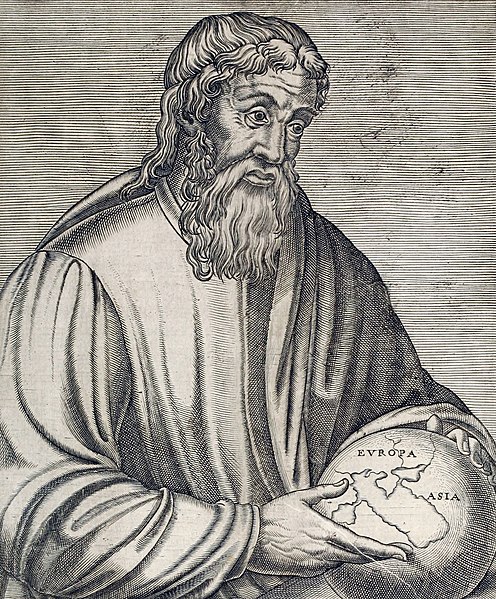Asia is the largest continent in the world by both land area and population. It covers an area of more than 44 million square kilometers, about 30% of Earth's total land area and 8% of Earth's total surface area. The continent, which has long been home to the majority of the human population, was the site of many of the first civilizations. Its 4.7 billion people constitute roughly 60% of the world's population.
Ptolemy's Asia
The Silk Road connected civilizations across Asia.
The Mongol Empire at its greatest extent. The gray area is the later Timurid Empire.
The Himalayan range is home to some of the planet's highest peaks.
A continent is any of several large geographical regions. Continents are generally identified by convention rather than any strict criteria. A continent could be a single landmass or a part of a very large landmass, as in the case of Asia or Europe. Due to this, the number of continents varies; up to seven or as few as four geographical regions are commonly regarded as continents. Most English-speaking countries recognize seven regions as continents. In order from largest to smallest in area, these seven regions are Asia, Africa, North America, South America, Antarctica, Europe, and Australia. Different variations with fewer continents merge some of these regions; examples of this are merging North America and South America into America, Asia and Europe into Eurasia, and Africa, Asia, and Europe into Afro-Eurasia.
Reconstruction of the supercontinent Pangaea approximately 200 million years ago
The Indian subcontinent
The Ancient Greek geographer Strabo holding a globe showing Europa and Asia
Rigveda page in Sanskrit








